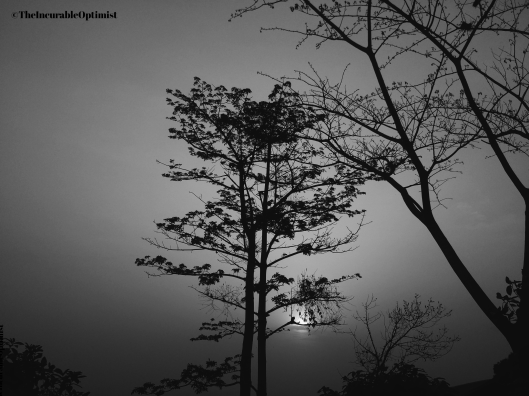None is as blind as
the one who would not see.
It’s said that humans have five main senses of perception. Seeing is one of them. But how do we really see?
When you look what do you see?
Don’t answer yet. Pause. Think. It’s okay not to have an answer.
Teju Cole wrote to Aburo in Home — his sixth Letter— on Eight Letters to a Writer about the importance of seeing. Teju encouraged Aburo to reform his eyes in the lines below;
I am describing an objective reality: things are happening here. Tins dey occur. But to see what is happening, you need to reform your eyes. Your sensibilities have to be retrained so that they catch what others miss. This reformed vision is what will allow you to extract sorrow and beauty out of the seemingly banal texture of the everyday. And that reformation comes about by taking the risk of being foolish, by learning to look askance at things that you know very well. In other words, look at your environment as though you were a child, or a foreigner, or an alien from another planet. An example, taken at random, from something I jotted down as I was in traffic last night…
How we see here is concerned not just with the biology of seeing. It is about noticing things we would usually ignore. Although Teju’s advice is targeted at writers, it’s a free meal for everyone. Most times, we are too absorbed in our own self that we fail to notice others. We get too concerned about our needs that we fail to see others whose needs we can easily meet.

Black Night by TheIncurableOptimist
An essay on aeon.co titled Why every child in need deserves an urgent response (link embedded) begins with the question, “What will you do if you saw a six-year-old alone in a public place?” It goes on to ask in the second paragraph “why do people treat Anano so differently depending on how she is dressed?” And in the next paragraph it gives an answer;
One, not very flattering, explanation is that people have ingrained biases and prefer to help the privileged rather than the disadvantaged. After all, the disheveled Anano resembles a child from a culture of travelers, which could have triggered many prejudices. Still, we can imagine a different child from a different cultural background placed in similar circumstances. It would not be surprising to find that people’s reactions remain similar. Indeed, the people in the video appear to be no different from you and me. Would we have reacted in similar ways if we had been in a similar situation?
One important take from the above article which is a recommended read is the need to look at people and learn to see things differently. Like Teju, S Matthew Liao — the author of the aeon article — saw how often we do not see. While Teju as a writer is more interested in seeing the stories around him, Matthew is concerned with responding to these stories.
I will not claim to have perfected seeing. Like reading and writing, seeing is a skill. And like all skills, it can be improved with consistent practice. The catch here is to practice seeing. To make it more than just light rays falling on the retina, and the brain doing its job of interpreting these signals into images. It’s to really look until we see.
I believe we should all learn to see better, to observe times and seasons. To see people and not just look at them. To notice things, even those things that appear hidden, especially those things that appear hidden. With practice, we can learn to develop more empathy and establish a stronger connection with others because when we look at people, we do not just see their faces, we see their stories. and we no longer need to hear a person say “I am fine,” before we know they are drowning and are anything but fine.
In conclusion, I leave you with the questions at the beginning of this post;
How do you really see?
When you look, what do you see?
You still do not have to answer now.

Pingback: On 2016 – The Year that is and will soon be was. | 4unansweredprayers
Pingback: On Speaking | 4unansweredprayers
We Should be less self absorbed. Really liked this one
LikeLiked by 1 person